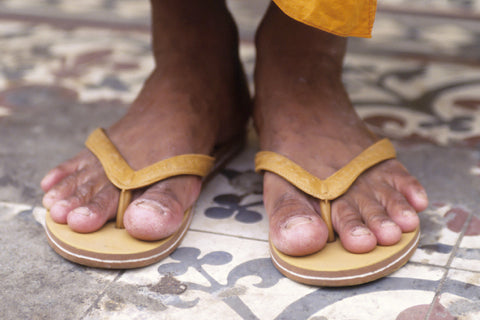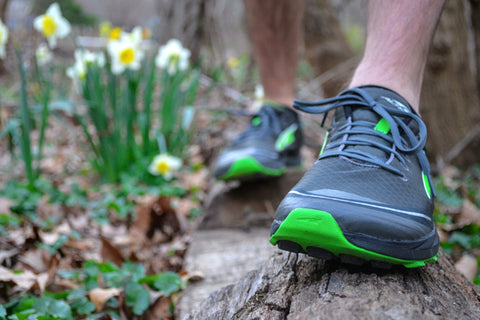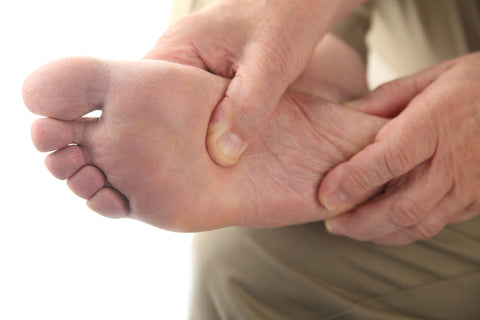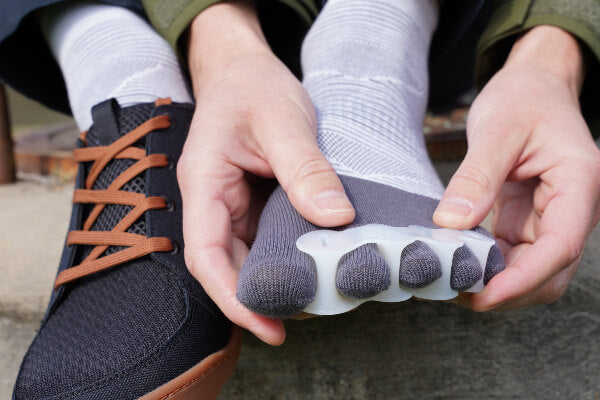A Natural Approach to Foot Care: How It All Began

As a sports podiatrist, I use natural approaches to address common foot, ankle, and lower extremity problems. However, the foot health approach I use in my office today differs markedly from how I practiced after I graduated from Pennsylvania College of Podiatric Medicine (now Temple University) in 1995. My education, including my two-year podiatric surgical residency at Legacy Health Systems and Kaiser Permanente in Portland, Oregon, taught... Read more












